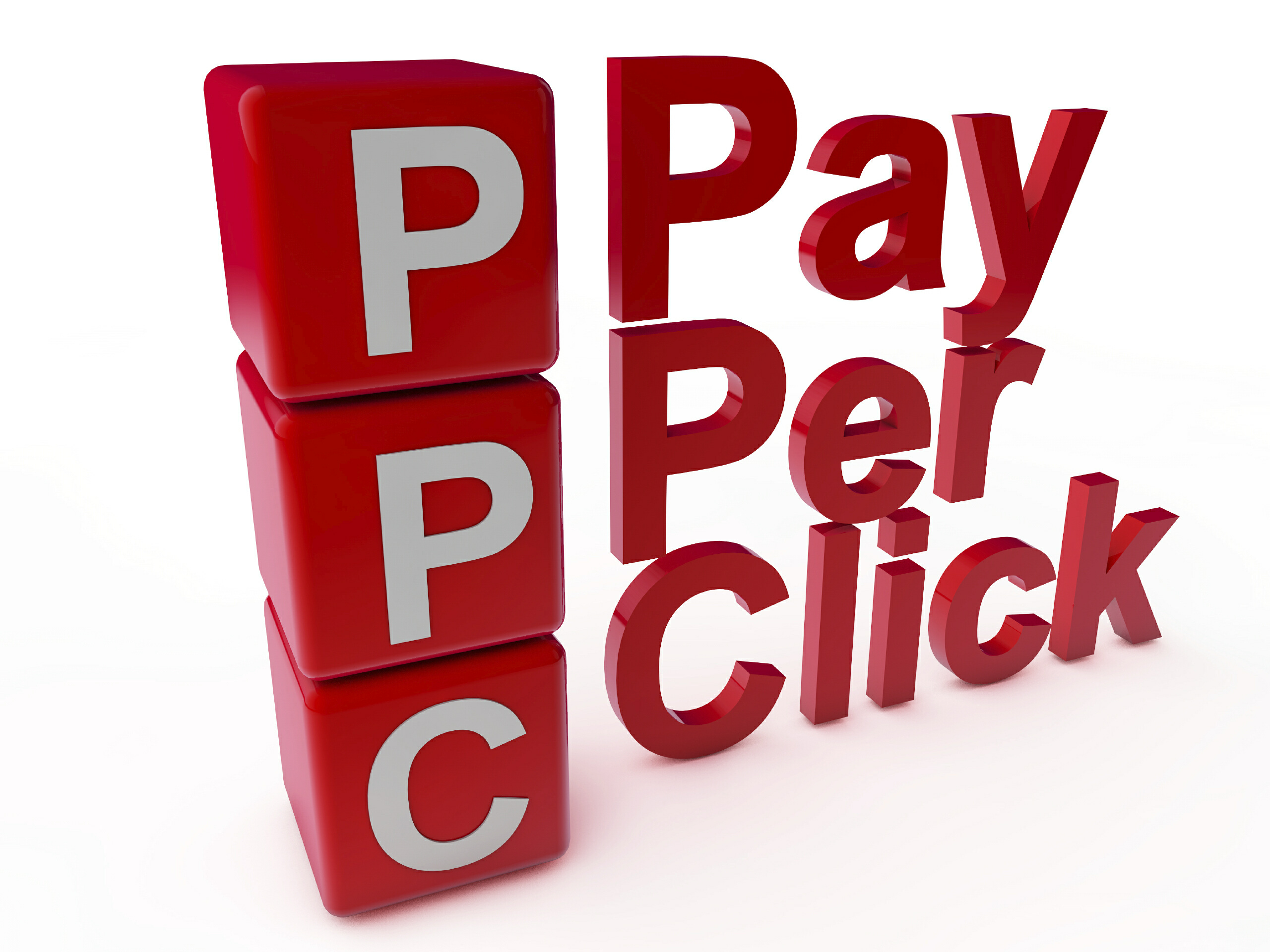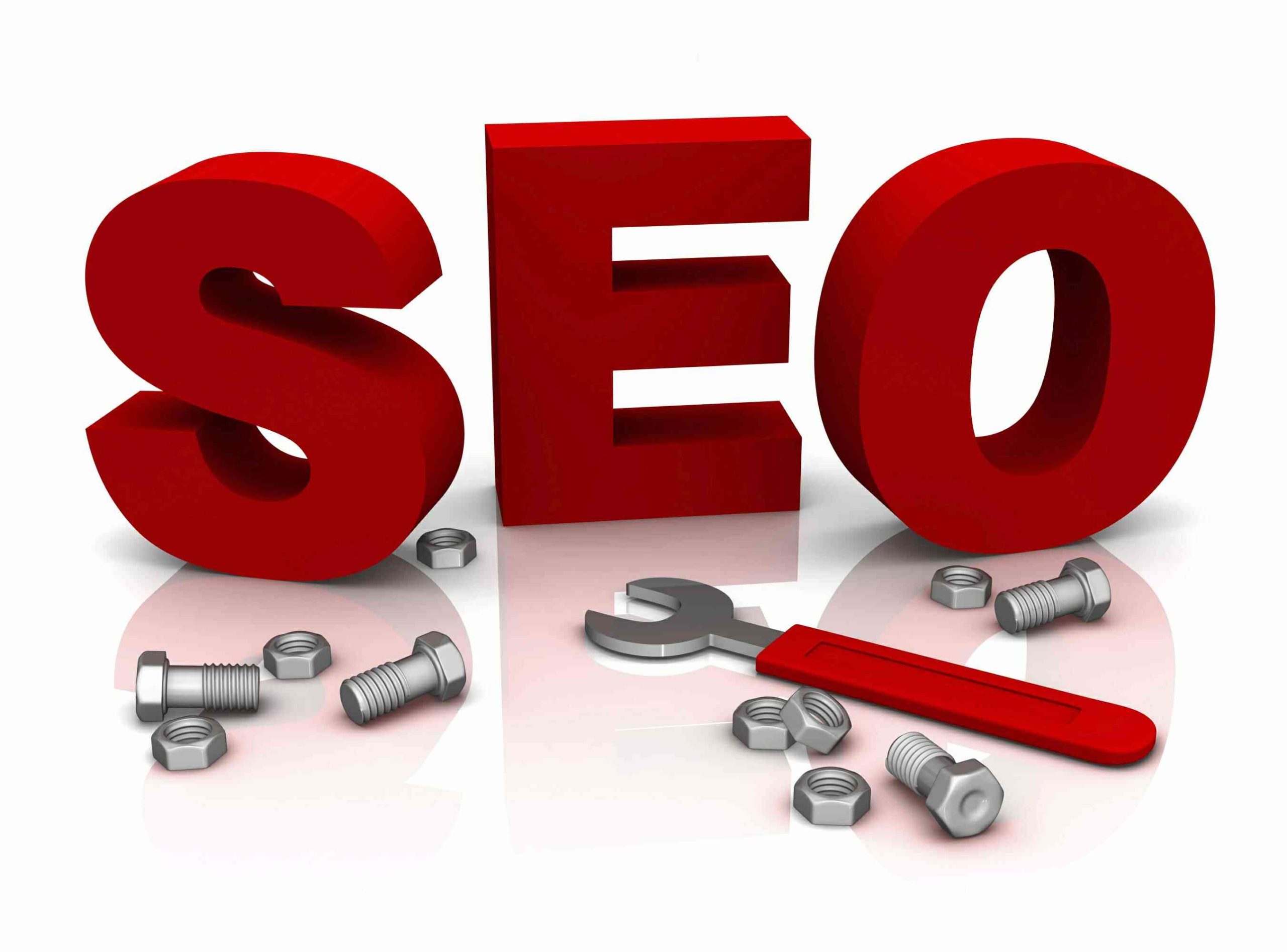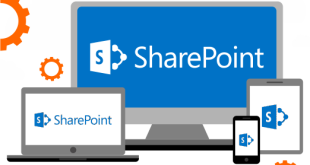Pay per click in the dynamic realm of digital marketing, Pay-Per-Click (PPC) advertising stands out as a powerful tool for businesses aiming to enhance their online presence, attract targeted traffic, and achieve measurable results. This article explores the fundamental principles, strategies, and benefits behind effective PPC campaigns, providing insights into how businesses can leverage this approach to unlock success in today’s competitive landscape.
Understanding Pay-Per-Click (PPC) Advertising
PPC advertising involves advertisers paying a fee every time a user clicks on their ad.It allows businesses to bid for ad placement in search engine results pages (SERPs) and various online platforms, targeting specific keywords and demographics to reach their audience effectively.

Evolution and Growth of PPC
Since its inception, PPC has evolved significantly, becoming a cornerstone of digital marketing strategies worldwide. Platforms like Google Ads, Bing Ads, and social media channels offer robust PPC solutions that enable businesses to reach potential customers at critical moments in their purchasing journey.
Key Components of a Successful PPC Campaign
Achieving success in PPC advertising hinges on several critical components that work synergistically to maximize ad performance and ROI.
Keyword Research and Selection
Effective keyword research is essential for identifying relevant search terms that align with your business objectives and resonate with your target audience. Tools like Google Keyword Planner and SEMrush facilitate comprehensive keyword analysis to optimize campaign targeting.
Ad Copywriting and Design
Compelling ad copywriting and visually appealing design elements are paramount in capturing user attention and driving engagement. Crafting concise, persuasive ad messages and utilizing impactful visuals can significantly enhance ad performance and click-through rates (CTR).
Landing Page Optimization
Optimizing landing pages ensures a seamless user experience and enhances conversion rates. Aligning landing page content with ad messaging, implementing clear calls-to-action (CTAs), and optimizing page load times contribute to improving overall campaign effectiveness.
Types of PPC Advertising
PPC advertising encompasses various formats tailored to meet diverse marketing objectives and audience preferences.
Search Ads
Search ads appear on search engine results pages (SERPs) based on user queries, offering immediate visibility and targeting potential customers actively seeking specific products or services.
Display Ads
Display ads feature on websites, blogs, and mobile apps within a network of publishers, utilizing visual elements such as images, banners, and videos to engage users and increase brand awareness.
Shopping Ads
Shopping ads showcase product listings with relevant details like price and availability, enabling ecommerce businesses to promote specific products directly to interested shoppers.
Video Ads
Video ads leverage the popularity of video content across platforms like YouTube and social media to deliver engaging messages and drive user engagement through storytelling and visual appeal.
Benefits of PPC Advertising
PPC advertising offers numerous advantages that contribute to its effectiveness in achieving marketing goals and driving business growth.
Immediate Visibility and Results
Unlike organic methods like SEO, PPC provides instant visibility and immediate results, allowing businesses to generate traffic and conversions swiftly upon launching campaigns.
Targeted Advertising
PPC enables precise audience targeting based on factors like demographics, interests, and user behavior, ensuring ads reach relevant prospects likely to convert into customers.

Measurable ROI
PPC campaigns provide transparent performance metrics and measurable ROI, allowing advertisers to analyze campaign effectiveness, optimize strategies, and justify advertising expenditures based on tangible results.
PPC Campaign Management
Successful PPC campaign management involves strategic planning, meticulous execution, and continuous optimization to maximize ad performance and achieve campaign objectives.
Setting Goals and Objectives
Defining clear campaign goals and objectives—whether increasing website traffic, boosting sales, or enhancing brand awareness—guides strategic decision-making and performance evaluation throughout the campaign lifecycle.
Budgeting and Bidding Strategies
Implementing effective budget allocation and bidding strategies ensures optimal resource utilization and maximizes ad placement opportunities within predetermined budget constraints.
Monitoring and Optimization
Regular monitoring of campaign performance metrics, such as CTR, conversion rate, and ad spend, facilitates timely adjustments and optimization efforts to enhance ad relevance, improve targeting precision, and drive better overall campaign performance.
Advanced PPC Strategies
Advanced PPC strategies leverage innovative tactics and technologies to elevate campaign effectiveness and achieve superior results.
Remarketing and Retargeting
Remarketing and retargeting tactics re-engage users who have previously interacted with your brand or visited your website, nurturing prospects through personalized messaging and tailored ad experiences to encourage conversions.
Ad Extensions and Enhancements
Utilizing ad extensions—such as site links, callouts, and structured snippets—enhances ad visibility and provides additional information that enhances user engagement and promotes specific products or services.
A/B Testing and Experimentation
A/B testing and experimentation methodologies enable advertisers to evaluate different ad variations, landing page designs, and targeting strategies to identify high-performing elements and optimize campaign performance based on data-driven insights.
Measuring Success: Metrics and Analytics
Key performance indicators (KPIs) and comprehensive analytics play a crucial role in measuring the success and effectiveness of PPC campaigns.
Click-Through Rate (CTR)
CTR measures the percentage of users who click on an ad after viewing it, indicating ad relevancy and user engagement. A higher CTR signifies effective ad messaging and targeting strategies.
Conversion Rate (CVR)
The conversion rate indicates the percentage of users who take a desired action, such as making a purchase or submitting a form, after clicking on an ad. Optimizing conversion rates enhances campaign ROI and drives business growth.
Return on Investment (ROI)
ROI quantifies the profitability of PPC campaigns by comparing advertising costs to generated revenue or customer acquisition. Calculating ROI helps advertisers assess campaign profitability and make informed decisions regarding budget allocation and resource allocation.
Common Challenges and Solutions in PPC
Navigating challenges in PPC advertising requires proactive strategies and innovative solutions to maximize campaign performance and achieve sustainable success.
Ad Fatigue and Optimization
Ad fatigue occurs when target audiences become disengaged or indifferent to repetitive ad content. Mitigating ad fatigue involves refreshing ad creative, rotating ad variations, and implementing dynamic ad strategies to maintain user interest and engagement.
Budget Constraints
Managing budget constraints necessitates strategic budget allocation, prioritizing high-impact keywords and targeting strategies, and leveraging cost-effective bidding tactics to maximize ad visibility and ROI within allocated budget limits.
Competitor Analysis
Conducting competitor analysis informs competitive positioning and strategic decision-making in PPC campaigns. Analyzing competitor strategies, identifying market opportunities, and differentiating ad messaging and offers enable businesses to enhance campaign effectiveness and gain a competitive edge.
FAQs About PPC Advertising
Addressing frequently asked questions provides clarity and guidance on essential aspects of PPC advertising to educate and empower advertisers.
What is the difference between PPC and SEO?
PPC advertising involves paying for ad placement in search engine results or other online platforms, while SEO (Search Engine Optimization) focuses on optimizing organic search visibility and ranking through content relevance, keyword optimization, and website authority.
How do you choose the right keywords for a PPC campaign?
Selecting the right keywords for a PPC campaign involves conducting comprehensive keyword research, identifying relevant search terms aligned with business goals and target audience intent, and prioritizing keywords with high volume of searches, minimal competition, and robust commercial intent
What are some tips for writing effective ad copy?
Writing effective ad copy involves crafting compelling headlines, concise messaging that communicates unique value propositions, incorporating relevant keywords, highlighting benefits and solutions, utilizing calls-to-action (CTAs) to prompt user action, and maintaining ad relevance and alignment with landing page content.

Conclusion
In conclusion, “Unlocking Success: The Power of Pay-Per-Click Advertising Strategies” underscores the transformative impact of strategic PPC initiatives in driving business growth, enhancing online visibility, and maximizing advertising ROI. By leveraging targeted audience engagement, comprehensive campaign management, and continuous optimization, businesses can achieve sustainable success and stay ahead in today’s competitive digital landscape pay per click
 Daily Blogger News Stay updated with the latest trends and insights. Your reliable source for daily updates and information.
Daily Blogger News Stay updated with the latest trends and insights. Your reliable source for daily updates and information.






